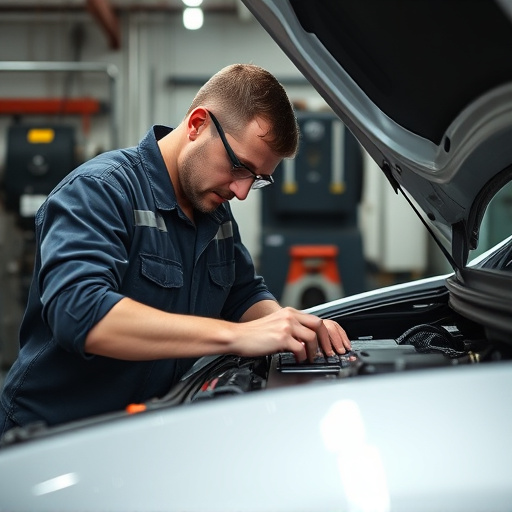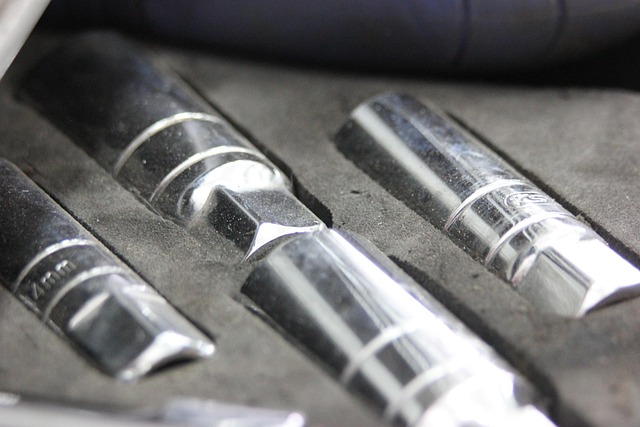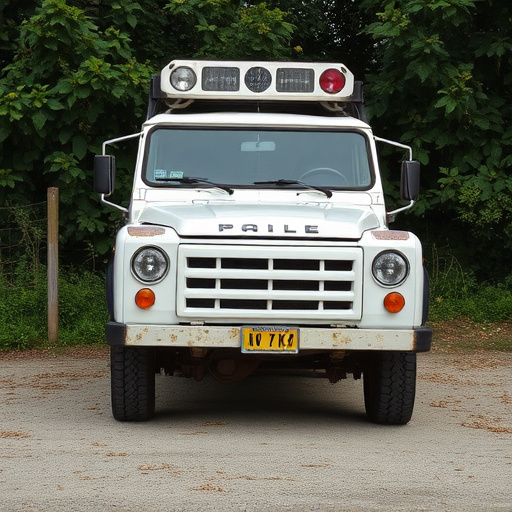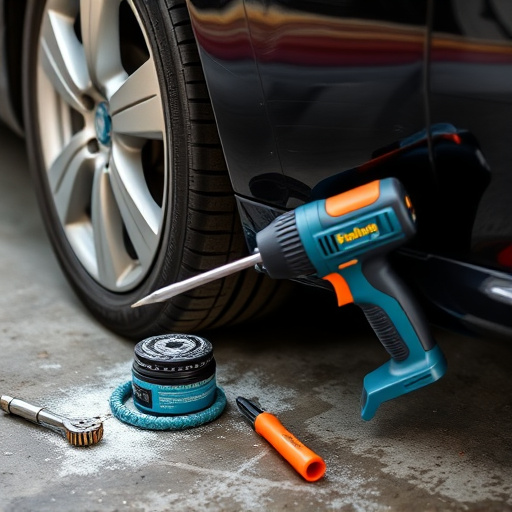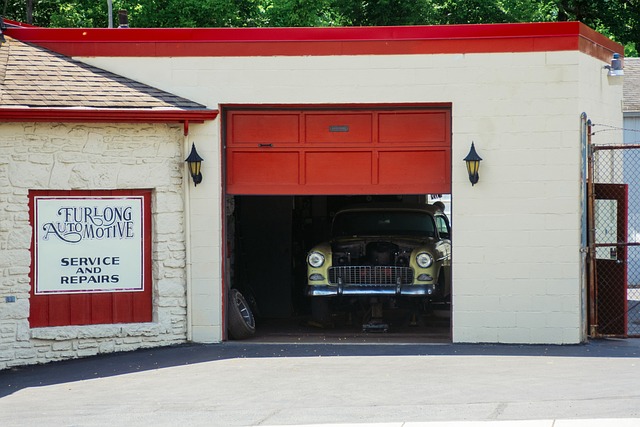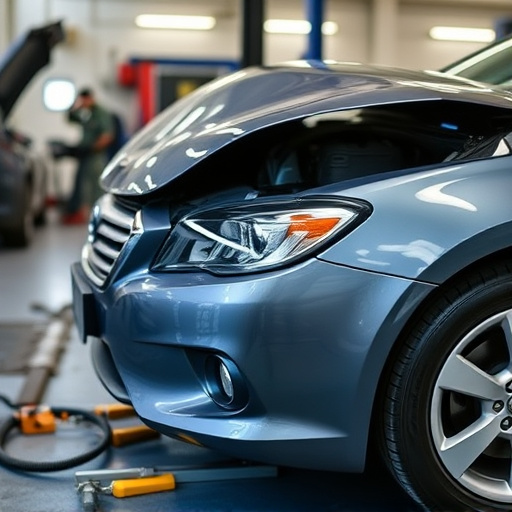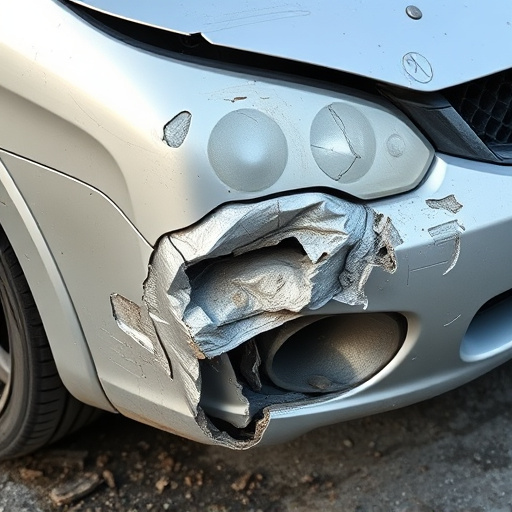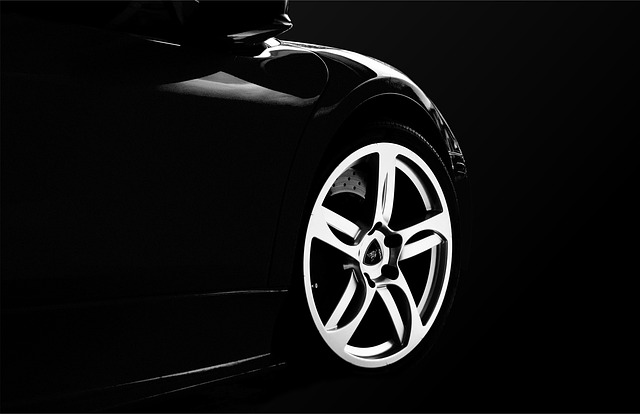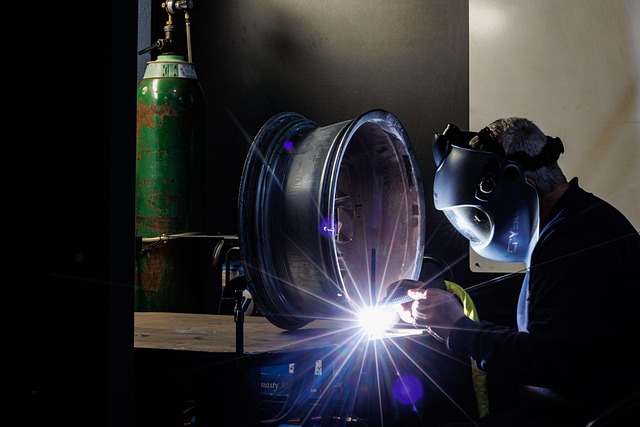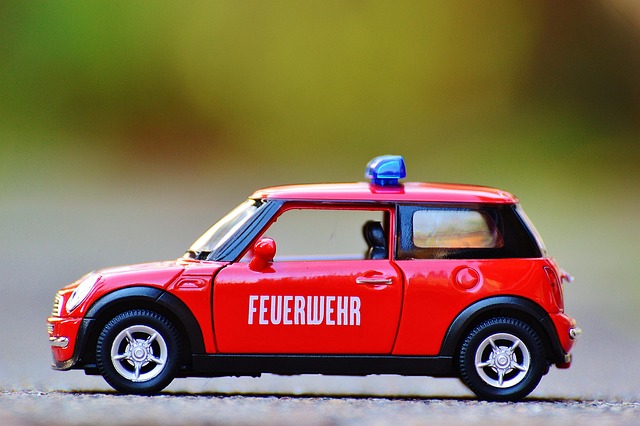PDR (Paintless Dent Repair) is an eco-friendly and cost-effective solution for hail damage on vehicles, preserving their original factory finish and structural integrity. The process involves assessing damage, preparing the surface, using specialized tools to remove dents, and polishing the repaired area. PDR saves owners from extensive repairs and associated costs while maintaining vehicle value. However, not all dents are suitable for PDR, and skilled technicians are crucial for satisfactory results; severe cases may require additional steps or parts.
In regions prone to severe weather, hail damage is a common concern for vehicle owners. Lucky for them, Professional Detailing and Repair (PDR) offers an effective solution. This article explores the art of PDR for hail damage, providing a comprehensive guide to understanding the issue, mastering repair techniques, and discovering its advantages. We’ll also shed light on potential challenges, ensuring you’re well-prepared to tackle this restoration method head-on.
- Understanding Hail Damage and PDR Techniques
- The Step-by-Step Guide to PDR for Hail Damage Repair
- Benefits and Common Challenges of Using PDR for Hail Damage Restoration
Understanding Hail Damage and PDR Techniques
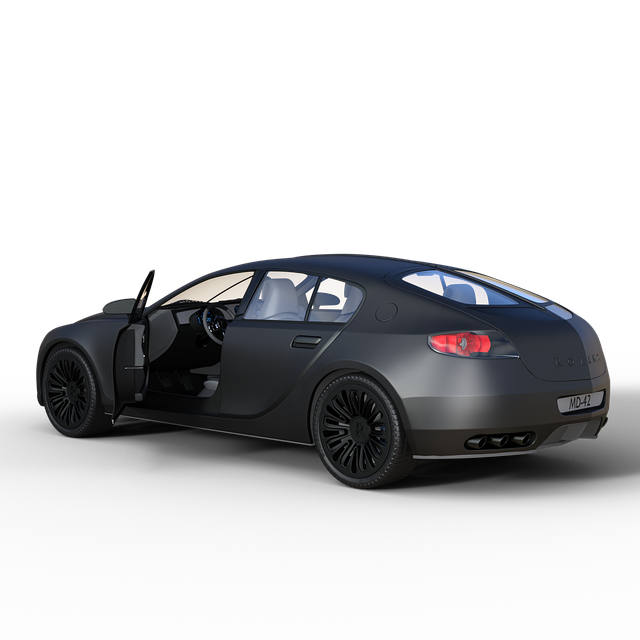
Hail damage can be a significant concern for vehicles, causing both aesthetic and structural issues. Understanding hail damage involves recognizing various impacts, from small dents to severe creases and cracks. PDR (Paintless Dent Repair) is a specialized technique designed to address these issues without painting or replacing panels, making it an eco-friendly and cost-effective solution for vehicle collision repair.
PDR techniques leverage advanced tools and methods to manipulate the damaged area back to its original shape. This process involves several steps: assessing the damage, preparing the surface, using specialized tools to remove dents, and finally, polishing the repaired area. Auto dent repair specialists utilize their expertise and precision to ensure that vehicles not only look as good as new but also retain their structural integrity. By employing PDR for hail damage, vehicle owners can avoid extensive repairs, save on costs, and preserve the overall value of their cars.
The Step-by-Step Guide to PDR for Hail Damage Repair

Repairing hail damage with PDR (Paintless Damage Repair) is a meticulous process that involves several precise steps. It begins with thorough inspection to identify the extent of the damage, which can range from small dings and dents to more significant creases. Next, specialized tools are used to access and shape the affected area without impacting the surrounding panels or paintwork. This non-invasive approach is a key advantage of PDR for hail damage repair, as it preserves the original factory finish on your vehicle.
After the damaged area has been prepared, a skilled technician will use air pressure to expand the dent from within, gradually returning the metal to its original shape. Once the dent is eliminated, any remaining imperfections are smoothed out with various tools to achieve a seamless, flawless surface. Throughout this process, auto body services professionals ensure that the repair aligns perfectly with your car’s existing panel gaps and paint texture, resulting in a top-notch car body restoration. A collision repair center employing PDR techniques can effectively mitigate hail damage, ensuring your vehicle looks like new while preserving its value.
Benefits and Common Challenges of Using PDR for Hail Damage Restoration

Using PDR (Paintless Dent Repair) for hail damage restoration offers several significant advantages. First and foremost, it’s a cost-effective solution compared to traditional paint jobs or bumper replacement, making it an attractive option for vehicle owners looking to restore their cars’ pre-damaged condition without breaking the bank. Additionally, PDR preserves the original factory finish, ensuring your car maintains its aesthetic appeal and resale value. This non-invasive technique also saves time since repairs can often be completed in a fraction of the time required for conventional methods, allowing you to get back on the road quicker.
Despite these benefits, there are challenges associated with employing PDR for hail damage. One common hurdle is the scope of repair; not all dents or dings can be safely and effectively treated with PDR, especially deep or complex damage. Moreover, the skill and experience of the technician play a crucial role in achieving satisfactory results. Poor execution might leave visible traces of the repair, defeating the purpose of preserving the car’s original appearance. Lastly, while PDR is suitable for minor to moderate hail damage, severe cases may necessitate additional steps or parts, increasing the overall complexity and cost of restoration.
PDR (Paintless Dent Repair) has established itself as an effective and efficient method for addressing hail damage on vehicles. By employing specialized techniques, professionals can restore cars to their pre-damage condition with minimal painting or body work. This article has guided readers through understanding the nature of hail damage, mastering PDR techniques, recognizing benefits, and being aware of potential challenges. With this knowledge, individuals equipped with PDR skills can contribute to a seamless and eco-friendly automotive repair process, ensuring vehicles affected by hailstorms are restored to their former glory while reducing environmental impact.
